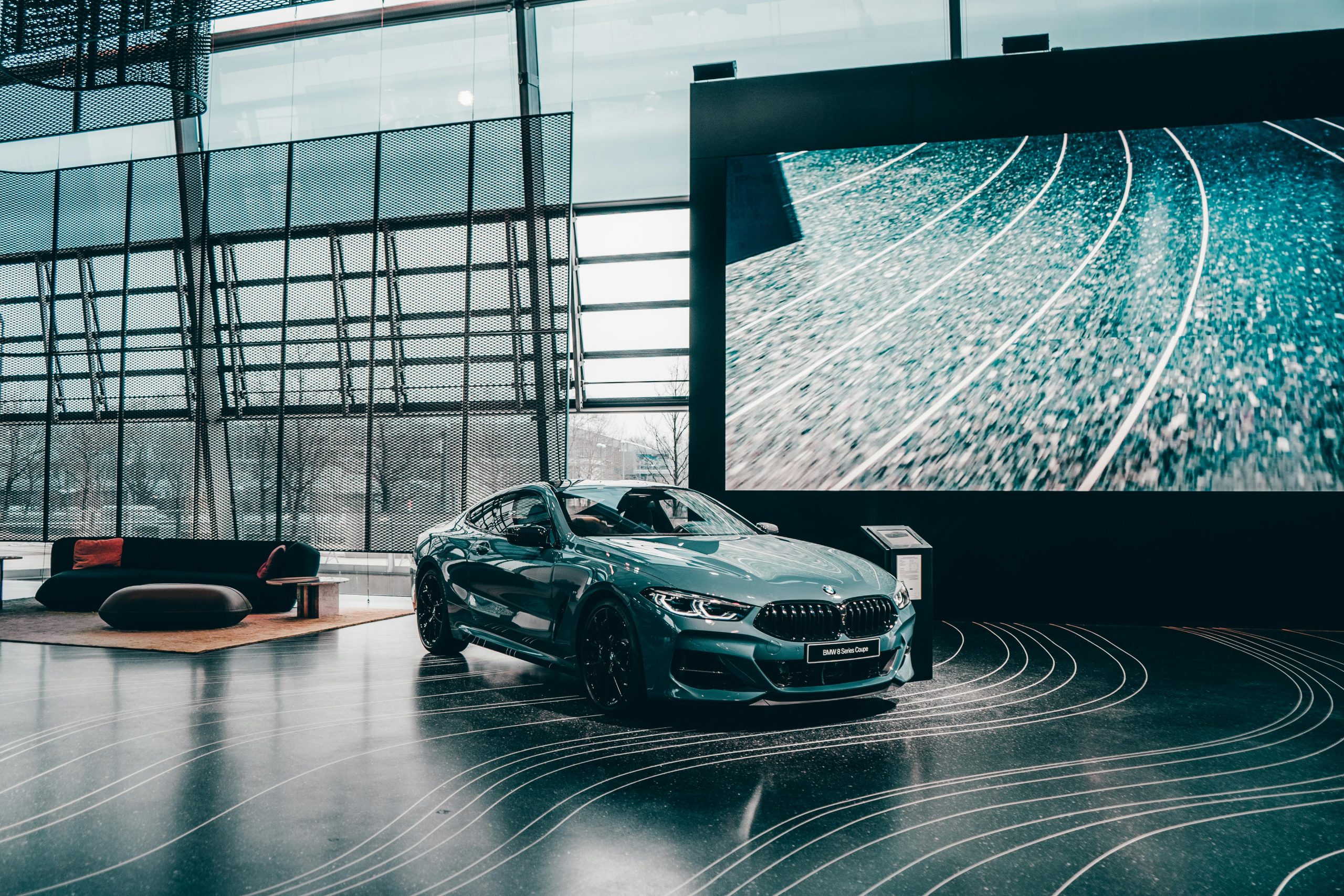Troubleshooting Display Issues with RX580 XFX Graphics Card on Windows
If you’ve recently acquired an AMD Radeon RX580 XFX graphics card and are experiencing display issues on your Windows system, you’re not alone. Many users have reported scenarios where the card is fully functional in Linux environments but fails to output any display signal on Windows. This article aims to explore potential causes and solutions for this common problem.
Understanding the Problem
In this situation, the user has a used RX580 XFX graphics card that was tested and confirmed working—using benchmarking tools like FurMark and Unigine on Windows 10. Despite this, once installed in their personal computer, the card does not display anything on the monitor during Windows operation. Interestingly, the integrated GPU (which is also AMD-based) functions correctly with or without drivers, indicating that the hardware itself is likely functional.
The card functions flawlessly on Linux, suggesting that the issue is specific to the Windows environment. This discrepancy often points to driver or configuration problems rather than hardware failure.
Potential Causes and Solutions
-
Driver Compatibility and Installation
-
Outdated or Incorrect Drivers: Ensure that you have installed the latest drivers compatible with your RX580 XFX. Visit AMD’s official website to download the most recent AMD Radeon drivers tailored for your card model and Windows version.
- Use AMD’s Clean Driver Removal Tool: Before installing new drivers, it’s advisable to remove existing driver remnants using tools like Display Driver Uninstaller (DDU). This helps prevent conflicts and ensures a clean installation.
-
Check Driver Installation Process: Follow the instructions carefully during installation. Sometimes, manually installing drivers via Device Manager can resolve detection issues.
-
BIOS and Firmware Settings
-
BIOS Configuration: Verify that the primary display output is set correctly in your motherboard’s BIOS settings. If the system defaults to the integrated GPU, the discrete card may not output signals.
-
Update BIOS Firmware: An outdated motherboard BIOS can sometimes cause detection or compatibility issues with newer hardware.
-
Hardware Compatibility and Connection Checks
-
Physical Connections: Double-check that the monitor is connected to the RX580’s output port, not the motherboard’s HDMI or DisplayPort.
- Seating of the Graphics Card: Ensure the GPU is properly seated in its PCIe slot and that auxiliary power connectors are securely attached.
-
Test with Different Cables or Monitors: To rule out display or cable issues.
-
Windows Display Settings
-
Detect Displays Manually: In Windows, navigate to Display Settings and click “Detect” to
Share this content:



